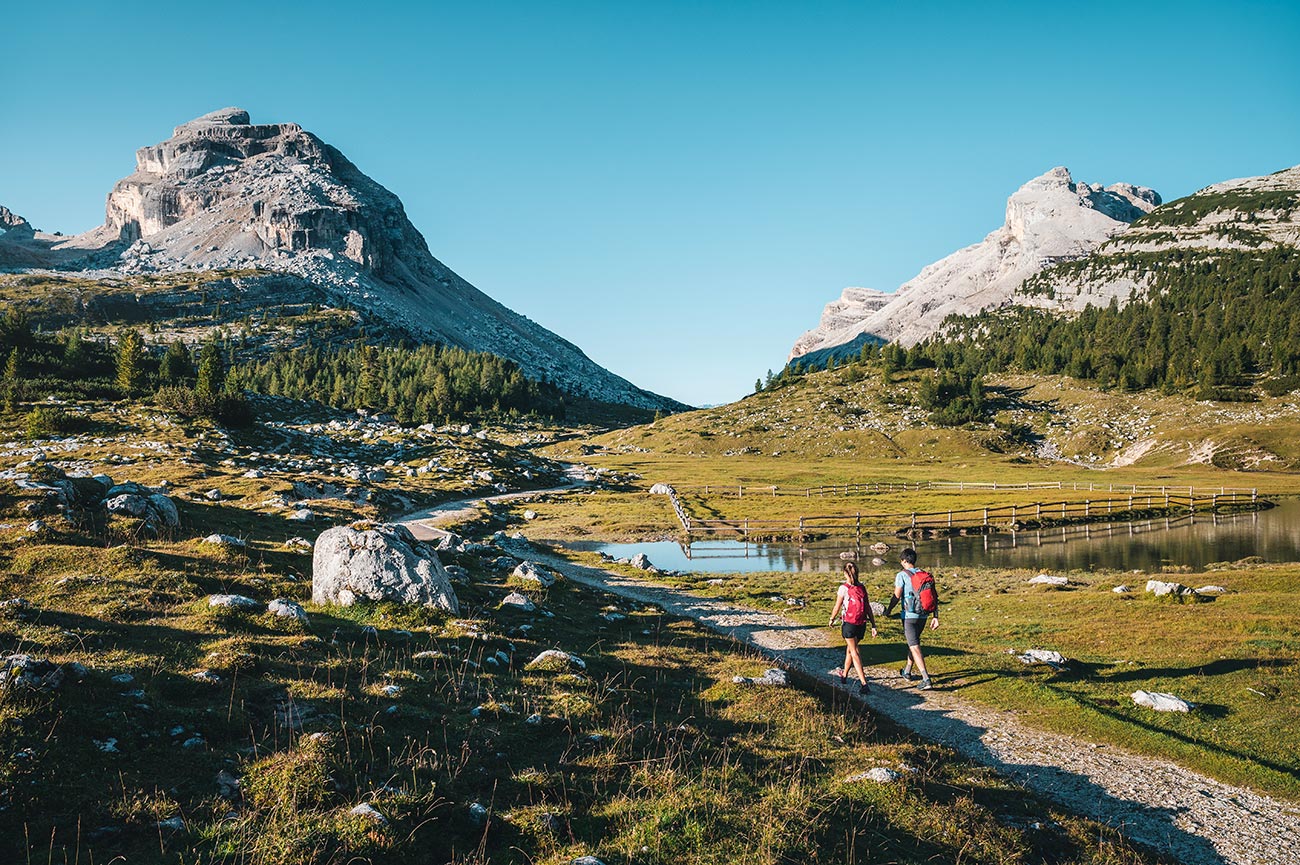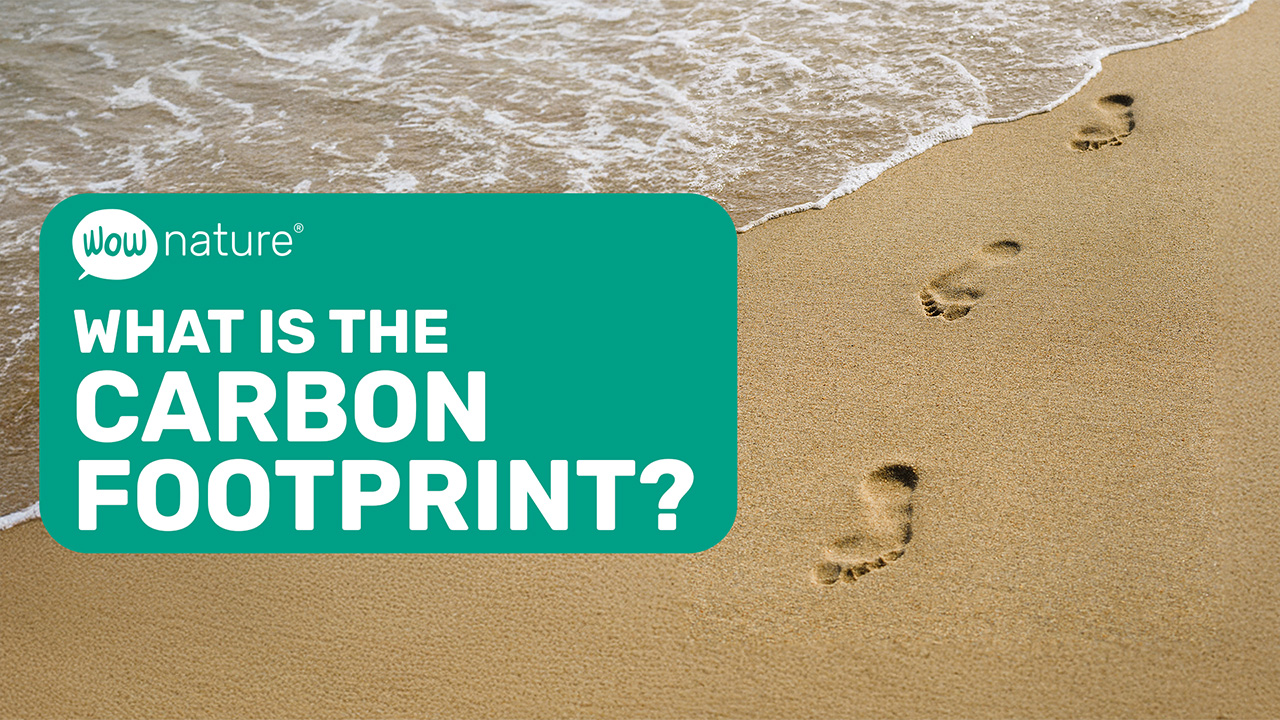
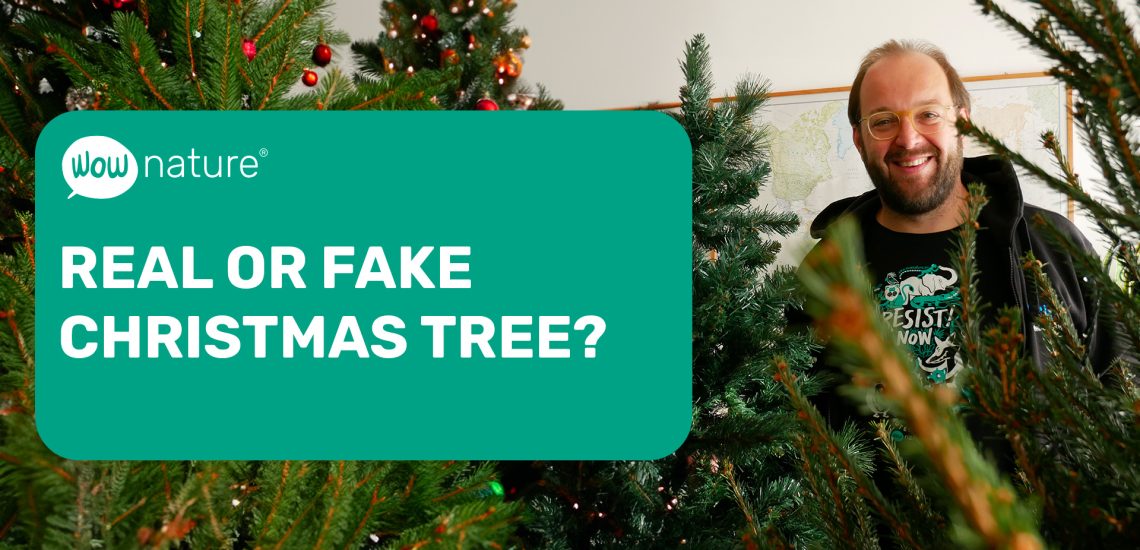
Real vs. fake: which Christmas tree is better for the environment?
Real or fake Christmas tree? That is the question! Every year we ask ourselves this question, and we at WOWnature care to answer it definitively.
Watch the video
The most sustainable tree is the one you already have
When we talk about sustainability we have to consider it as both environmental and social sustainability. One of the main rules of sustainability says that “the greenest energy is the energy we don’t consume and the most sustainable materials are the ones we don’t use.” What does that mean? It means that if we already own a tree in good condition, the best thing we can do is to use it again instead of buying a new one. In this way, we will avoid the consumption of energy and materials-necessary to produce and transport any product-and the associated environmental impact.
But what if we really don’t have a Christmas tree to reuse and want to buy one for the first time. What is the best choice?
Which Christmas tree is best?
Several studies, such as the one by Carbon Trust, have compared the environmental impacts of real Christmas trees with fake ones. What has emerged is that the real tree has a much lower impact than the fake one. In fact, the real tree is responsible for lower carbon dioxide emissions throughout the product’s life cycle from production, to transportation, to disposal.
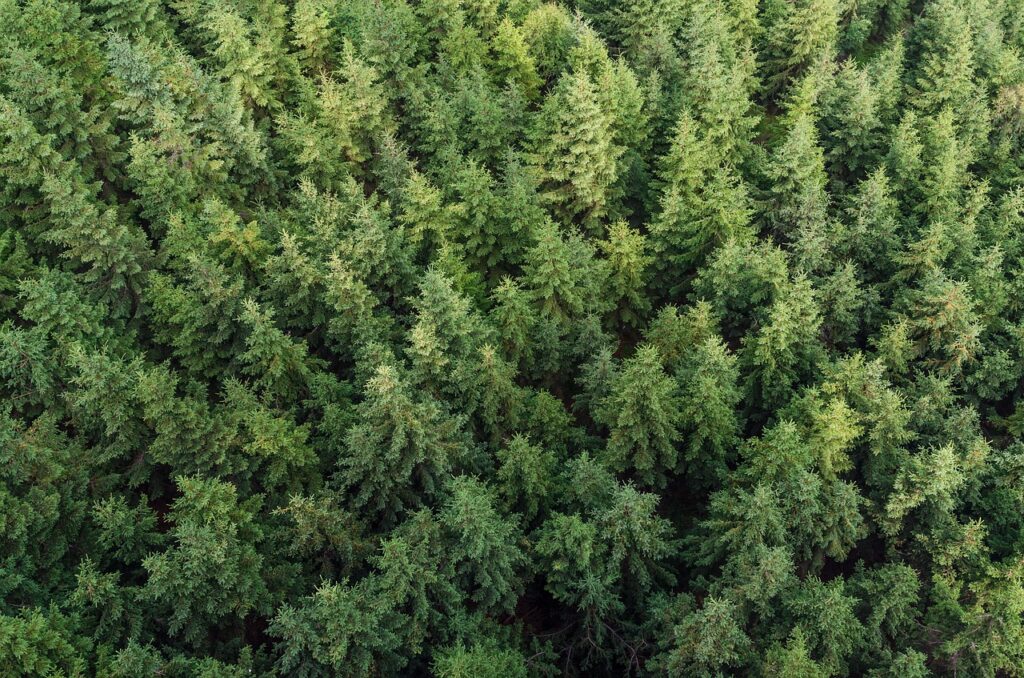
Fake or real Christmas tree
However, let us try to go beyond the direct comparison between the two types of trees and broaden our gaze over a longer period of time.
The real tree is usually thrown away after every Christmas and thus has to be bought back every year; while the fake tree can last a long time. According to the same analysis, if the same fake tree is reused for many years, it can become less impactful than the real Christmas tree, which is replaced cyclically each year.
Have we declared a winner? No, we have not.
Again the same analyses tell us that we are not so good at reusing the same fake tree, for a sufficient number of years (7 to 20 years or even more depending on size and other characteristics) to make it less ecologically impactful than real trees. In addition, in most cases, fake trees are made of plastic material, and we are all aware of the problems associated with plastic, its disposal, or the risks associated with its release into the environment.
Comparing materials
Plastics are materials typically related to the linear economy model, the take-it-or-leave-it economy, which consumes a lot of resources and produces a lot of waste. The real tree, on the other hand, is made of organic material, which can become compost, and is much more in line with the idea of the circular economy, a model where waste becomes a resource.
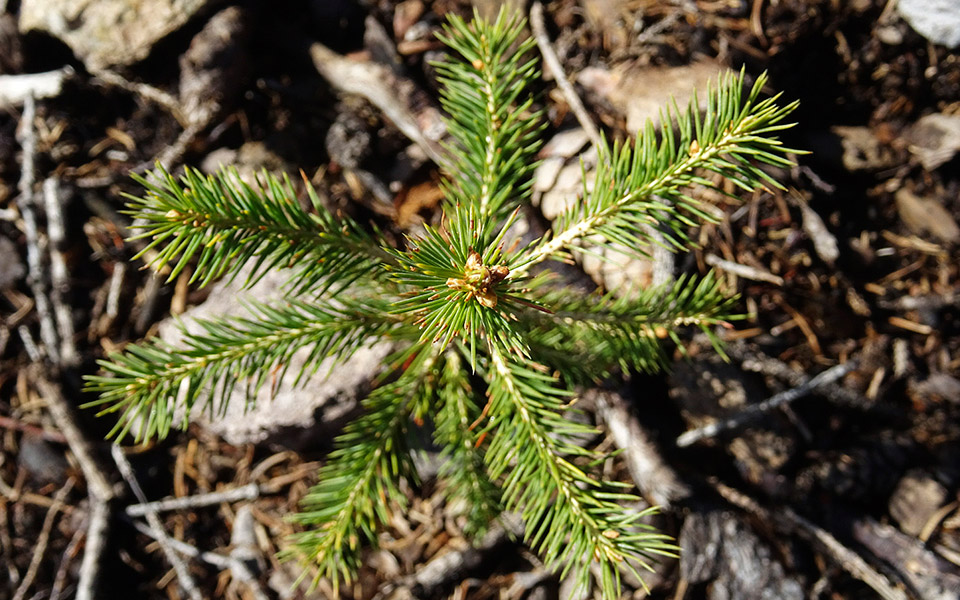
Real Christmas tree
If I buy a real Christmas tree, am I destroying a forest?
The answer is no. These trees are specially grown for this very purpose, just as we grow other agricultural products; therefore, no forest is harmed to obtain them.
If I decide to buy a real tree, then can I plant it instead of throwing it away?
In an article, the Italian Society of Silviculture and Forest Ecology (SISEF) advises against planting it in your backyard unless you are in a mountain area where fir trees are at least potentially a feature of the landscape. Translated, this means that if you do not live in the mountains, it is best to avoid: if the trees survive-which is not a given because the environment is not the right one for them-the trees (which are generally firs) will grow a lot and could turn into a difficult-to-manage problem, even becoming dangerous to people, buildings, or other objects because of their instability given by their very shallow roots.
Social sustainability
In most cases, fake trees are produced in distant countries. In contrast, when we buy real trees, we have a wide choice of locally or at least domestically sourced trees. If we want to encourage local production and short supply chain, therefore, the answer is obvious.
Moreover, when we buy a real tree, we are supporting farmers and forestry workers, economically and socially important sectors, and we are supporting the income of people who often live in rural areas.
The answer
- 1. If you already have a fake tree that you can reuse, the best thing you can do is to keep using it for as long as possible.
- 2. If you don’t have one and want to buy a new one, we hope with this video we have given you all the information you were looking for to choose. We who are fond of forests and the people who work in them and are not fond of plastic materials definitely prefer real trees.
- 3. If, on the other hand, you are considering buying fake trees made of wood or paper: in that case, our recommendation is to choose FSC-certified trees, a certification that guarantees that that wood or paper was obtained without harming forest health.
- 4. If you use a real tree, do not plant it in natural areas or in the woods after the holidays and consider very carefully whether it is appropriate to plant it in your garden.
DO YOU WANT TO PLANT A TREE?
SHARE
Other news

How can you spot fake news about climate change?
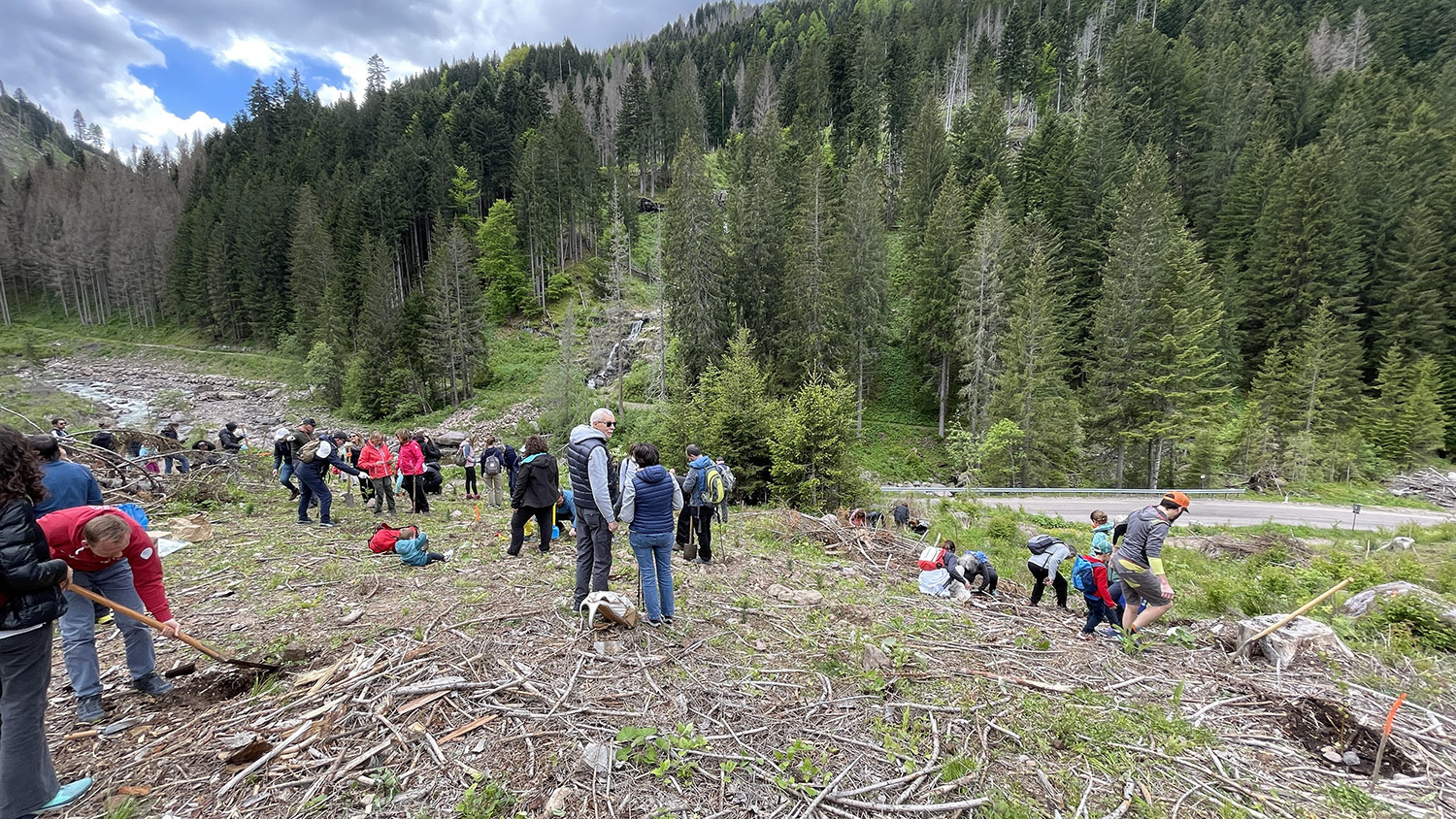
Updates from Val di Fiemme | May 2025
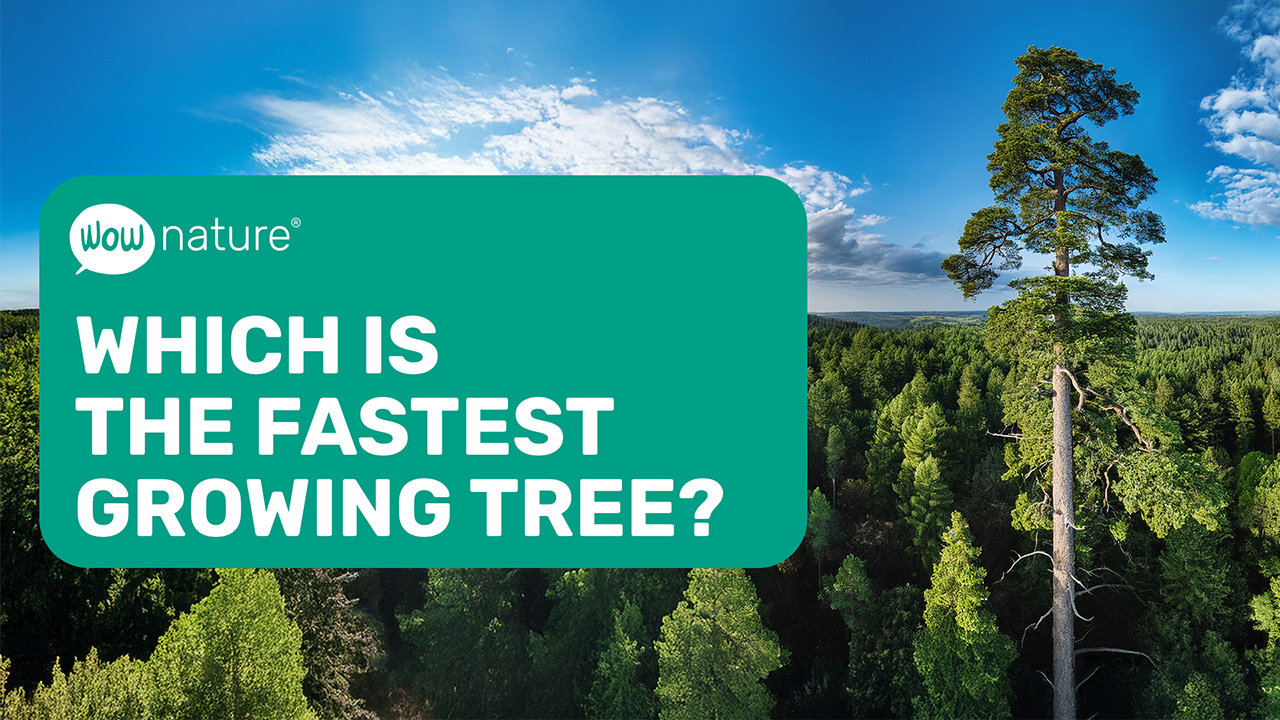
Which tree grows the fastest?
